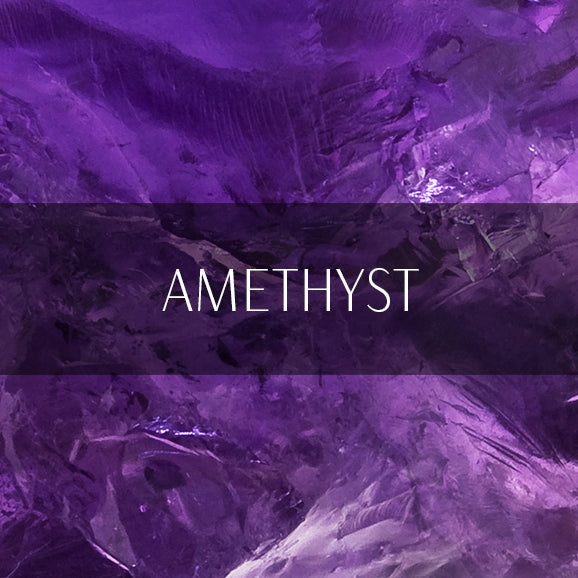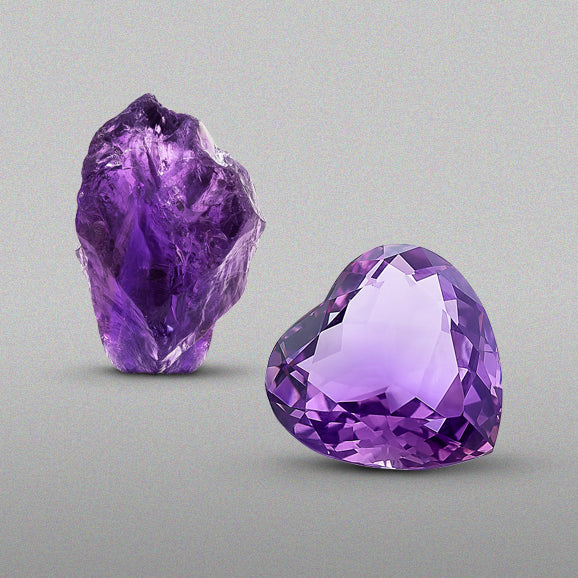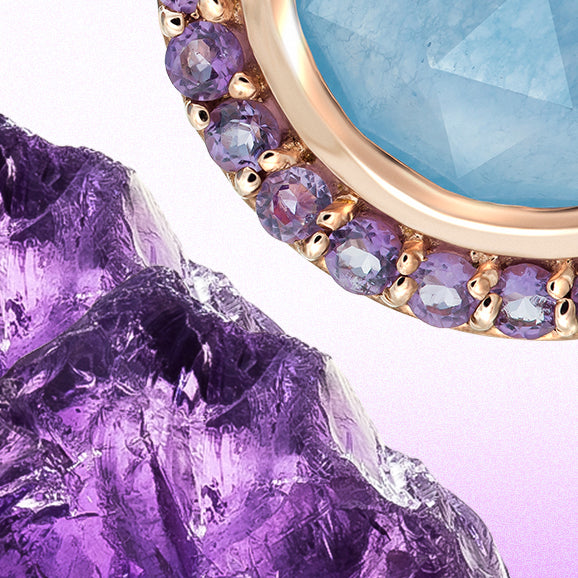The History Of The Purple Amethyst
The word ‘amethyst’ is drawn from the Greek word amethystos, meaning ‘not drunken’ referring to a benefit connected with the amethyst for thousands of years, probably from a connection between the stone’s colour and that of wine.
For Tibetans, amethyst is scared to Buddha and prayer beads are often made from amethysts.
In Britain, amethyst has for many centuries been associated with royalty. In ancient times purple was a colour only worn by royalty in their clothing, being called ‘royal purple’. The connection between purple amethyst and British royalty continues that connection.
In Russia, Catherine the Great liked amethyst and had an extensive collection of amethyst jewellery. More recently, Wallis, Duchess of Windsor had commissioned a Cartier amethyst bib necklace for a gala at Versailles in 1953.
Until large amethyst deposits were discovered in Brazil, amethyst was considered one of the rarest of gems. These days, the gem is known to be much more abundant.
Today, amethyst is so abundant that gemstones are no longer the mainstay of amethyst production. Most amethyst is sold in the form of geodes, crystals and tumbled stones.Amethyst is, quite literally, sold by the kilogram or ton.
Use In Amethyst Jewellery
Amethyst jewellery is fabulous for everyday wear, but when used in rings or bracelets it is likely to show wear over the years and will need re-polishing to bring back its original beauty. Necklaces and earrings are much less likely to have problems from the scratching that will affect items worn in a piece likely to be knocked or scratched.
When you buy amethyst jewellery pay attention to the colour, look out for a strong reddish or pure purple without a brown tinge. If the stone has visible inclusions, then the price should be lower than clearer examples. Unlike other gemstones, amethyst pricing is not directly proportionate to the size of the stone. This makes amethyst an excellent choice wherever a striking, large piece is wanted.
To avoid scratching the facets of your amethyst jewellery, clean the piece in a solution of washing up liquid in hot water. Allow the jewellery to soak for a few minutes and then gently scrub with a soft toothbrush, rinse with distilled water to avoid watermarks and allow the stone to dry in the air.
Amethyst is a contradictory stone, it is a wonderful gemstone to cut as a traditional piece of jewellery, but its value is such that one can buy large pieces simply for decoration. The look of a well cut and set piece of amethyst makes an impact upon all who see it, and so it makes an excellent gift for the special person in your life. Some people even choose it for the most important jewellery item such as engagement rings. Choose well and enjoy for years to come and, maybe the traditional beliefs will come true for you as well!


